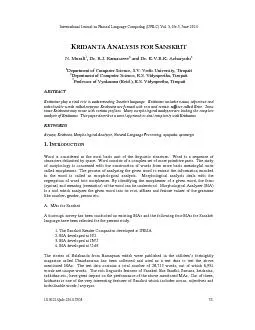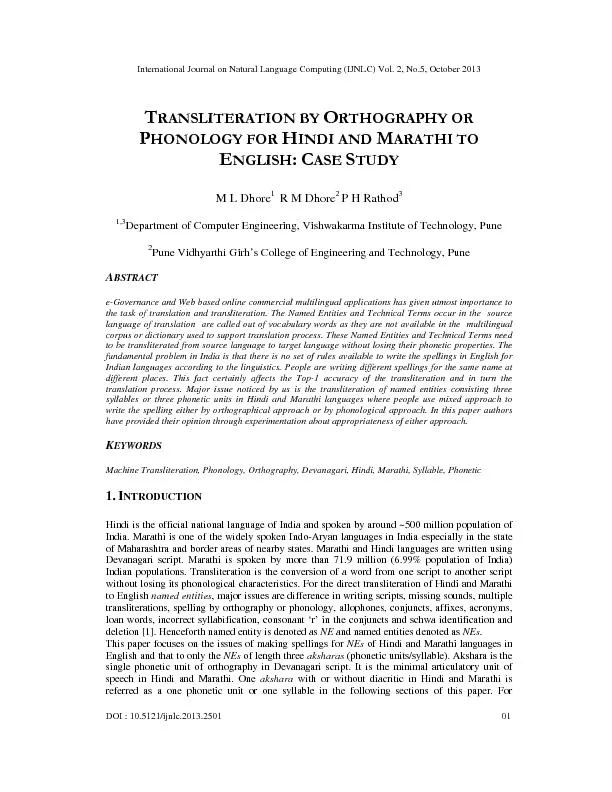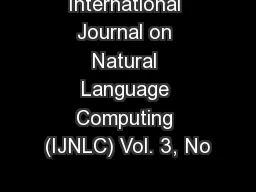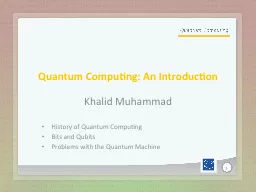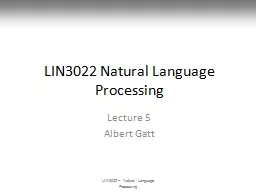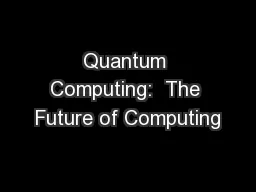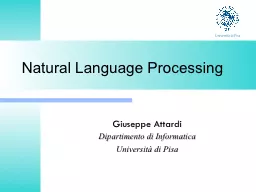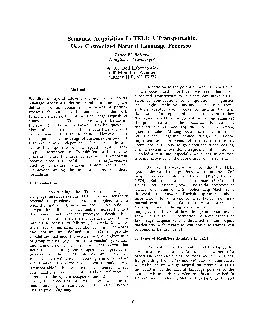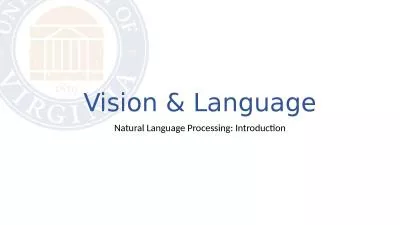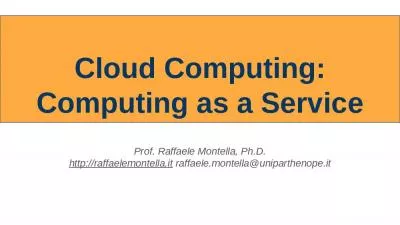PPT-Natural Language Computing
Author : jewelupper | Published Date : 2020-06-22
What is NLP Natural languages English Hindi French Swahili Arabic Bangla NOT Java C Perl Ultimate goal Natural humantocomputer communication Subfield of Artificial
Presentation Embed Code
Download Presentation
Download Presentation The PPT/PDF document "Natural Language Computing" is the property of its rightful owner. Permission is granted to download and print the materials on this website for personal, non-commercial use only, and to display it on your personal computer provided you do not modify the materials and that you retain all copyright notices contained in the materials. By downloading content from our website, you accept the terms of this agreement.
Natural Language Computing: Transcript
Download Rules Of Document
"Natural Language Computing"The content belongs to its owner. You may download and print it for personal use, without modification, and keep all copyright notices. By downloading, you agree to these terms.
Related Documents


